Beating the Najdorf Sicilian – The Karpov’s System: Part 2
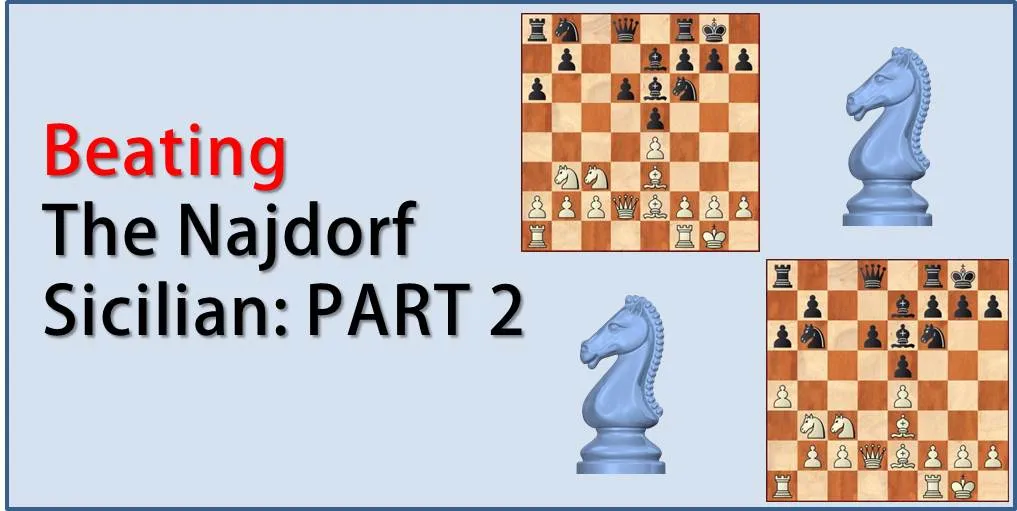
Today WGM Raluca Sgîrcea and IM Renier Castellanos continue their discussion on beating the Najdorf Sicilian for white. Previously, we have looked at 10…Nbd7 variation. This time we are focusing on what happens if black responds with 10…b5.
Now we are going to look deeper into this variation and discuss some of the lines that black can play and how white should react accordingly. We have selected the most common moves and structures that arise from this opening and explain them below, starting from the following diagram:
1. e4 c5 2. Nf3 d6 3. d4 cxd4 4. Nxd4 Nf6 5. Nc3 a6 6. Be2 e5 7. Nb3 Be7 8. 0-0 0-0 9. Be3 Be6 10. Qd2
In this position, we already know that 10… Nbd7 is the best move for black and white replies with 11. a4. Let’s have a look at what happens if black starts playing on the queenside with 10… b5.
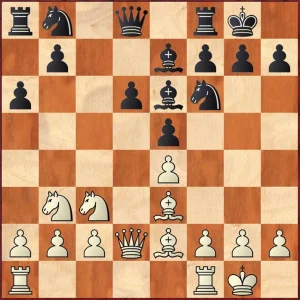
In this position, we already know that 10…Nbd7 is the best move for black and white replies with 11. a4. Let’s have a look at what happens if black starts playing on the queenside with 10… b5.
A. 10…b5
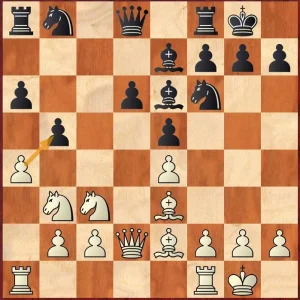
Against this move, white reacts energetically with 11. a4. Black has no good response, and after the forced variation 11… b4 12. Nd5 – Nxe4 13. Nxe7 – Qxe7 14. Qxb4, white is better because of the bishop pair and the queenside pawn majority. On the other hand, black has some temporary initiative, but with correct play, white should be able to neutralize it.
The following game, between Geller and Tukmakov, is a great example of how the play develops in this variation.
B. Shirov’s idea (11…Nb6)
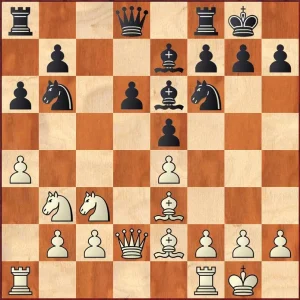
A direct move – black wants to play Nc4. Shirov’s main idea in this variation is opening the game with the rupture d6-d5, leading to simplification and equalizing the game without much effort.
White must play very accurate. After the forced sequence 12. a5 – Nc4 13. Bxc4 – Bxc4 14. Rfd1 – Rc8, we will show two possible ways to continue the game.
15. Nc1. This is the main move, which has given white good results in the past. However, after Shirov’s 15… d5, it’s difficult for white to find an advantage.
Note:In order to improve your play not only you need to study the openings but also you need to concentrate on positional understanding and endgame play. If you want to learn how to play common endgames well, I suggest you checking out our premium training course where we spend a lot of time drilling most often occurring chess endings so that you will not have to guess on the winning approach, but simply would know how to win these positions.
15. f3. Fortunately for white, he has this option that avoids getting into Shirov’s idea that we previously discussed.
In the next two games we’ll take a deeper look into this move.
Note: Openings are no doubt a very important part of chess. If you want to improve your chess level, you need to have a clear study plan. If you aim for a dramatic improvement at chess you need to work on all of the elements of the game in a systematic way:
- tactics
- positional play
- attacking skills
- endgame technique
- classical games analysis
- psychological preparation
- and much more
That seems to be like a lot of things, and that is. But no worries, we have made it easy for you. Our comprehensive training course covers it all and much more. Sign up for 21 Day Training right now!



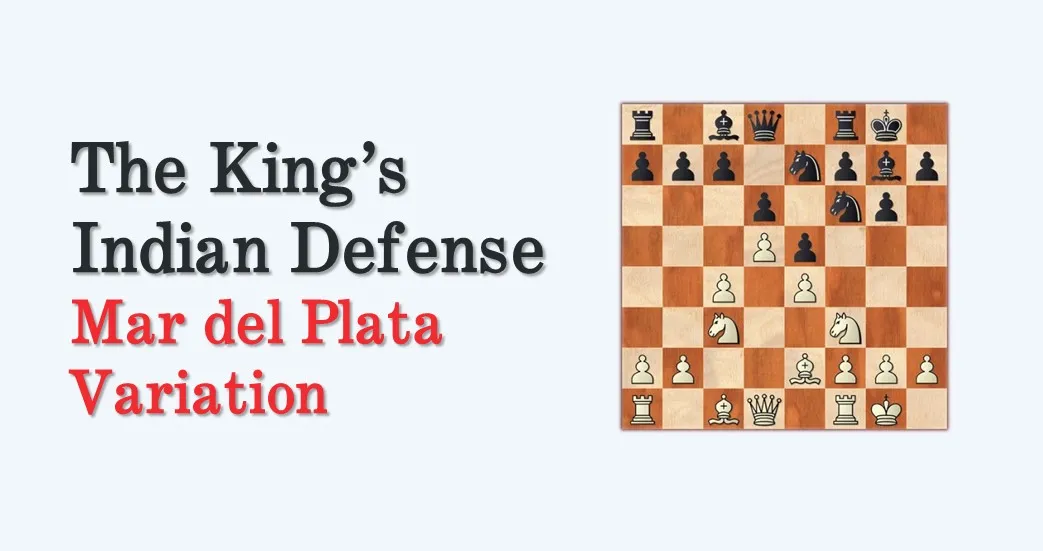
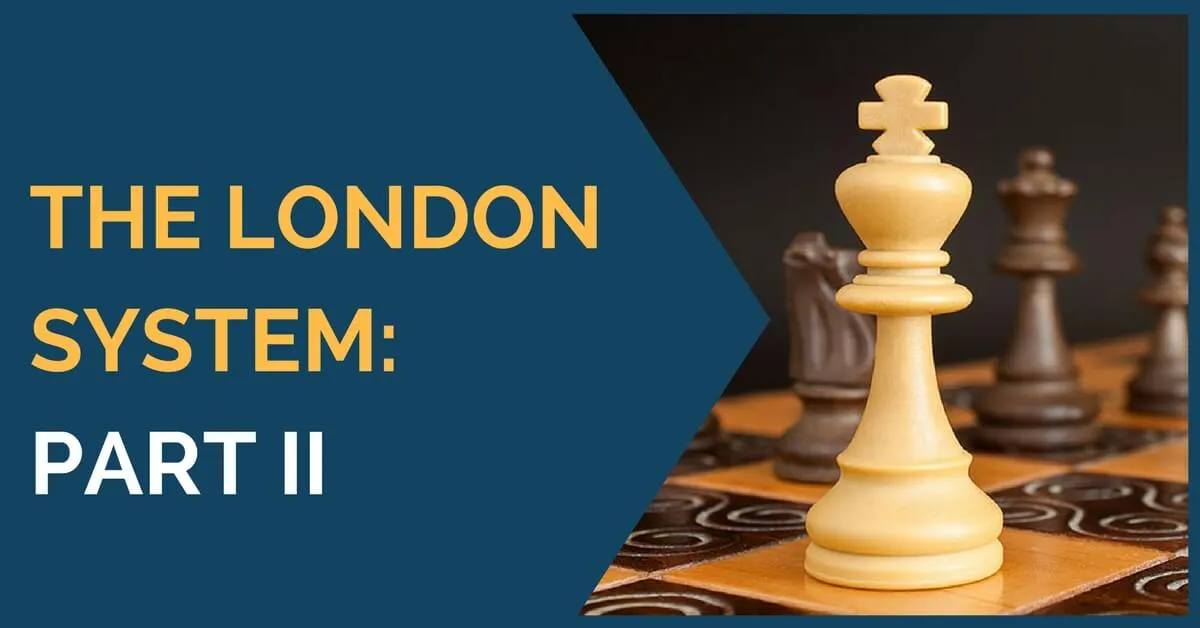
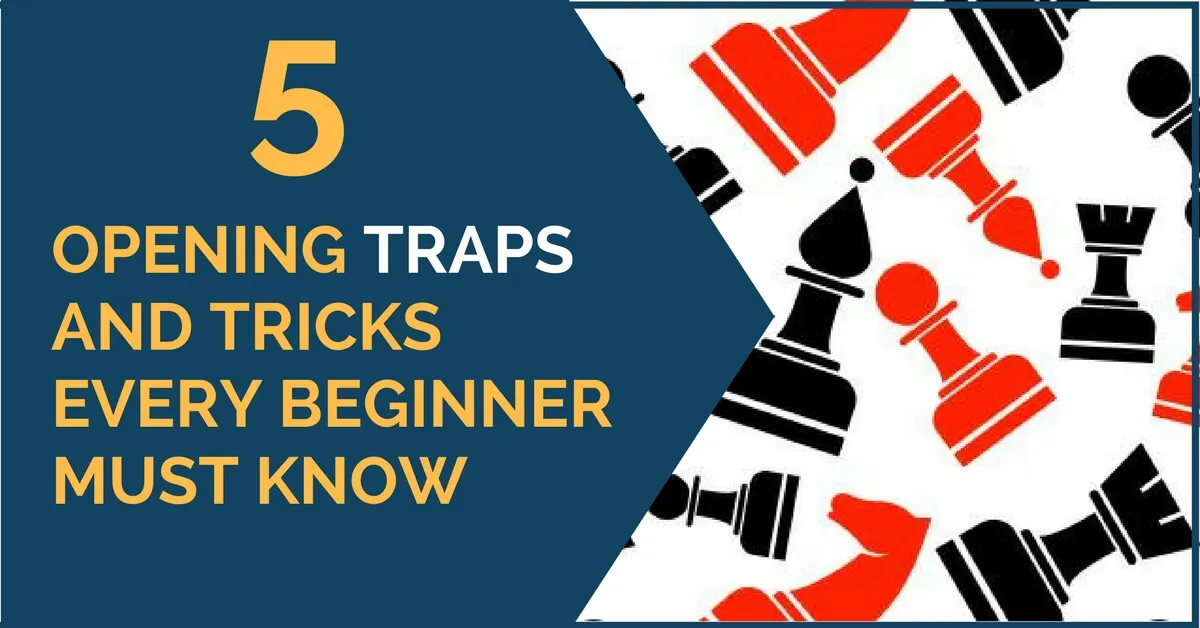




Comments: